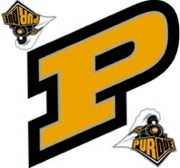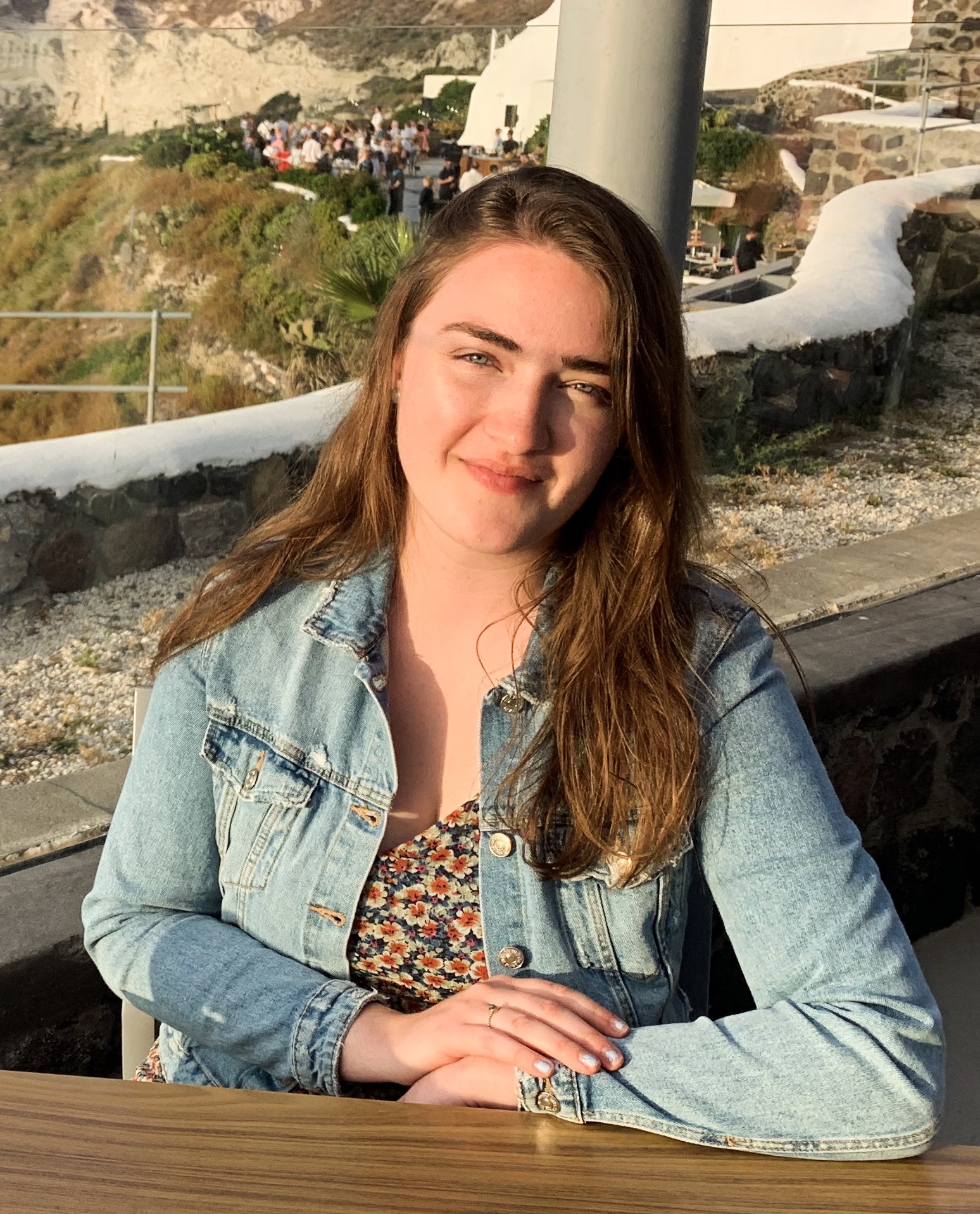Below is a summary of the abstract you submitted. Presenting author(s) is shown in bold.
If any changes need to be made, you can modify the abstract or change the authors.
You can also download a .docx version of this abstract.
If there are any problems, please email Dan at dar78@pitt.edu and he'll take care of them!
This abstract was last modified on March 16, 2021 at 4:29 p.m..

Bacteriophages, viruses that infect and kill bacterial hosts, are the most abundant organism on the planet, outnumbering bacteria 10:1. Due to their sheer quantity, the database of knowledge surrounding them is still growing, especially concerning their interaction with their bacterial hosts. By using liquid chromatography-tandem mass spectrometry (LC-MS/MS), the interaction between bacteriophages and their hosts can be further analyzed by investigating what proteins and lipids are being produced. In this investigation, the mycobacteriophage FrenchFry was used to infect M. smegmatis cells at both the exponential and stationary phases. Proteins and lipids were isolated from the phage-bacteria mixtures and analyzed using mass spectrometry. With this data, further statistical and pathway analysis of the proteins and lipids produced in this phage-bacteria interaction was completed. Python code was also used to determine which peptides found through mass spectrometry of the mixture belonged to mycobacteriophage FrenchFry. By analyzing what proteins and lipids are found in the interaction between this mycobacteriophage and its M. smeg host, one can delve into how phage infect their host and the host’s response to the phage invader.

